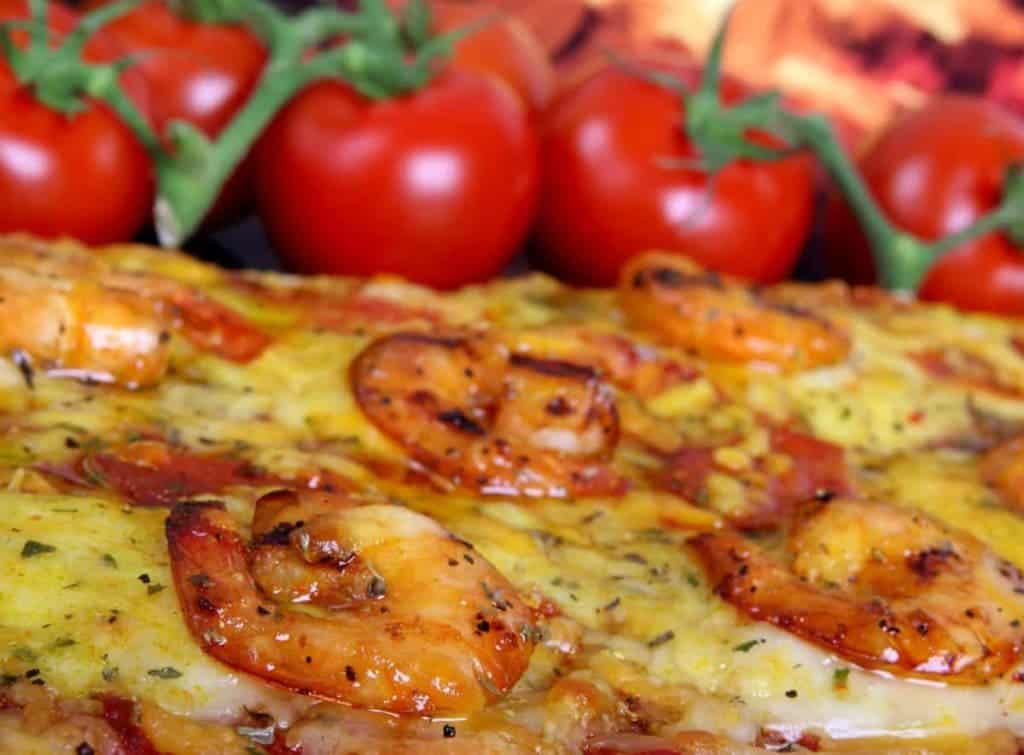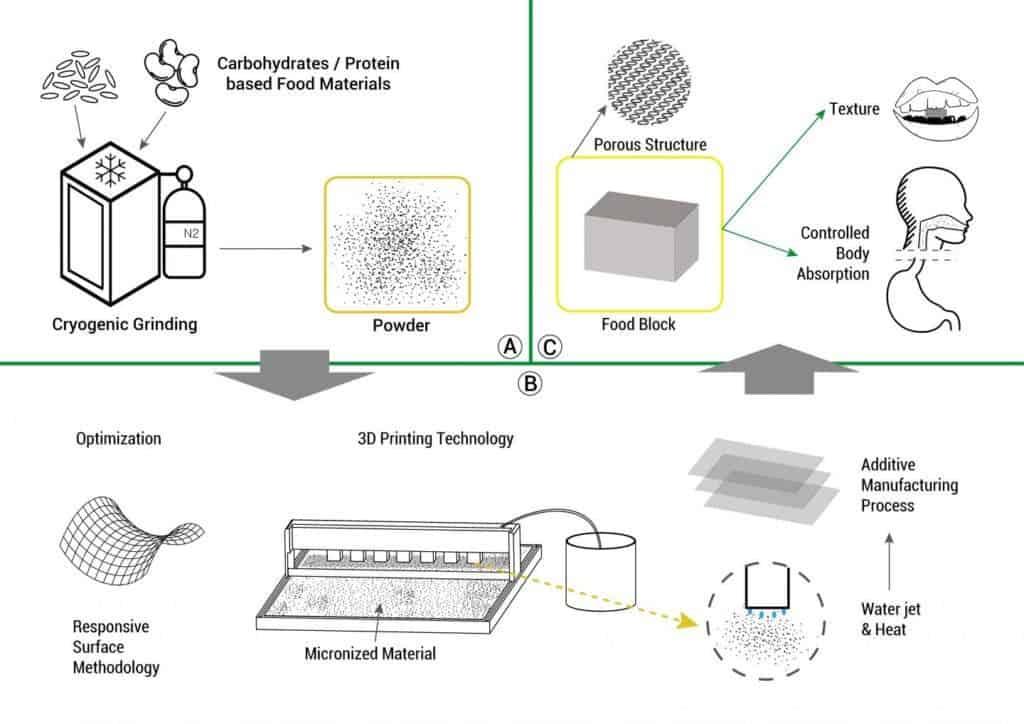
Imagine coming home to a house that can serve you a nutritious dish based on your personal preferences and individual health requirements. At the push of a button, it turns powdered ingredients into food, mixing different ingredients and textures to create customized meals. Sound a bit too sci-fi? Well, it’s already a reality. Jin-Kyu Rhee, associate professor at Ewha Womans University in South Korea, developed a device that does just that.
“We built a platform that uses 3-D printing to create food microstructures that allow food texture and body absorption to be customized on a personal level,” said Rhee. “We think that one day, people could have cartridges that contain powdered versions of various ingredients that would be put together using 3-D printing and cooked according to the user’s needs or preferences.”

If you think about how 3D printing works, the idea of working with food isn’t all that different. These devices print materials into layers according to a predetermined algorithm, so when you’re working with food, you take different ingredients until you obtain the desired finite product.
In order to develop the prototype, researchers develop an experimental 3D printer that creates food using microstructures; the process is able to replicate both the physical properties and the texture of conventional food. Basically, starting only from carbohydrate and protein powders, they created real foods with familiar properties. The team was also able, by to control how the end product is absorbed by the body by controlling its microstructure.
There are several advantages to this technology. For starters, it’s easy to customize based on individual preferences and requirements. It’s also scalable — you can print food inside a small household or on an industrial level. This could greatly reduce food waste and the cost associated with storage and transportation.
Of course, this is still early days for the project, and researchers are still working on optimizing their food-printing techniques. But the futuristic scenario they propose might one day become reality, and that’s a thought worth considering.
“We are only in early stages, but we believe our research will move 3D food printing to the next level,” said Rhee. “We are continuing to optimize our 3D print technology to create customized food materials and products that exhibit longer storage times and enhanced functionality in terms of body absorption.”
The results were presented at the Experimental Biology conference


